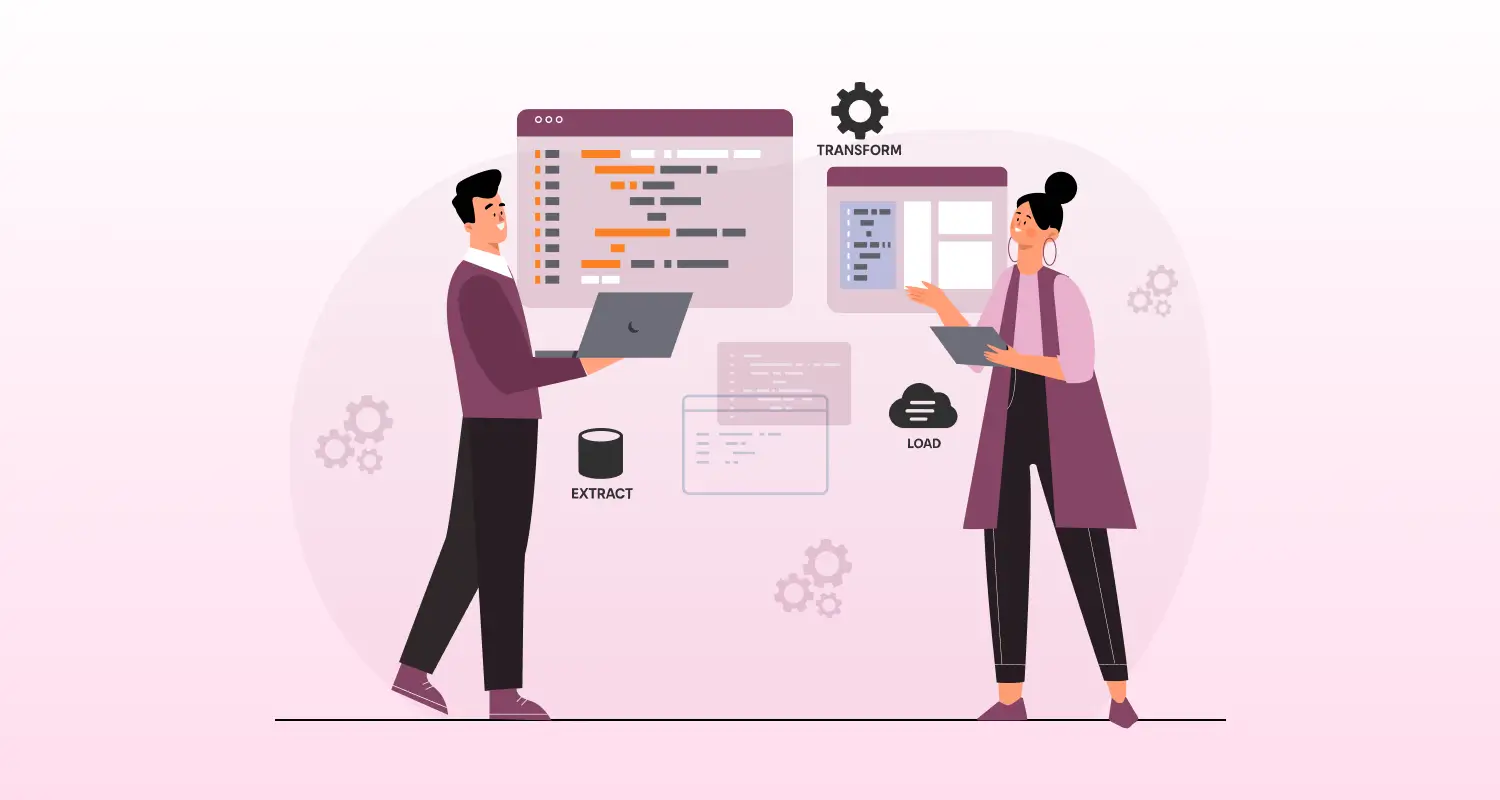Improve Speed, Reduce Load, and Scale Efficiently
In modern data environments, full refreshes of data can be slow, wasteful, and error-prone. That’s where incremental ETL comes in — a strategy where only new or updated records are processed and loaded into your destination systems.
This dramatically reduces resource usage and allows pipelines to scale gracefully over time.
What is an Incremental ETL?
Instead of reloading all data from scratch during every run, incremental ETL:
- Extracts only new or changed data since the last run.
- Transform it as needed.
- Loads the data into a warehouse or lake with merge/upsert logic.
Why Incremental ETL Is Crucial
| Benefit | Impact |
| Faster processing | Handles thousands/millions of rows efficiently |
| Reduced infrastructure load | Avoids reprocessing unnecessary data |
| Lower cloud storage cost | Less data movement |
| Supports near real-time | Can run every 5–15 minutes |
Designing an Incremental Pipeline – Key Concepts
1. Change Detection Mechanism
You must have a reliable way to know what changed.
- Timestamps (e.g., last_modified_at)
- Auto-incrementing IDs
- Change Data Capture (CDC) via logs or triggers
2. State Storage
Track the last successfully processed value, such as:
- Last timestamp
- Last row ID
- CDC log position (in Kafka or Debezium)
3. Merge or UPSERT Logic
Avoid inserting duplicates. Use SQL’s MERGE or ON CONFLICT clauses.
4. Idempotent Design
Your job should be safe to re-run if it fails midway — it must not double-insert rows.
Python Example – Incremental Load Using Last Timestamp
import pandas as pd
import psycopg2
from datetime import datetime
# Load the last successful sync time
with open("last_sync.txt") as f: last_sync = f.read().strip()
df = pd.read_csv("orders.csv")
df["order_date"] = pd.to_datetime(df["order_date"])
# Filter for new data
incremental_df = df[df["order_date"] > pd.to_datetime(last_sync)]
# Load into database
conn = psycopg2.connect("dbname=sales user=etl password=secret")
cur = conn.cursor()
for _, row in incremental_df.iterrows(): cur.execute(""" INSERT INTO orders_clean (id, customer, amount, order_date) VALUES (%s, %s, %s, %s) ON CONFLICT (id) DO UPDATE SET customer = EXCLUDED.customer, amount = EXCLUDED.amount, order_date = EXCLUDED.order_date """, (row["id"], row["customer"], row["amount"], row["order_date"]))
conn.commit()
cur.close()
conn.close()
# Save new state
with open("last_sync.txt", "w") as f: f.write(str(df["order_date"].max()))Tip: Automate this with a scheduler (like Airflow or cron), and add alerting if the job fails.
Final Takeaway
To build and maintain reliable incremental ETL pipelines, you need more than just the right tools. You need the right talent. If your business depends on timely, accurate data movement, it makes sense to hire Python developers who understand how to manage state, handle edge cases, and write idempotent, production-ready code. A skilled developer can ensure your ETL jobs are fast, fault-tolerant, and built to scale as your data grows.





